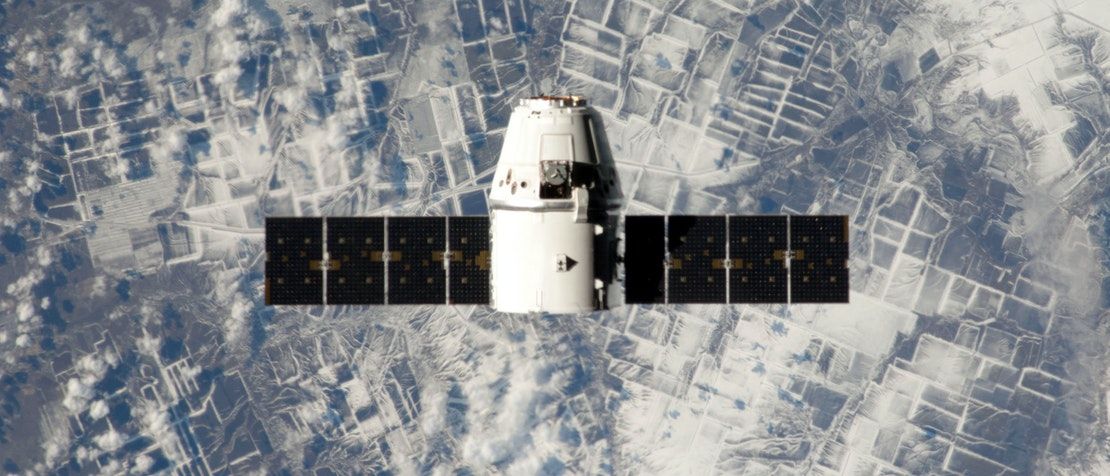
Reliable space services: Why and how?
From connecting people and helping them navigate the Earth, to monitoring planetary health, to understanding the known universe, we live in a satellite-dependent era. At the same time, demand for the radiofrequency spectrum on which interconnected devices depend is also on the rise.
Added to this is the increasing deployment of large non-geostationary satellite constellations and high-throughput geostationary satellite systems, which also require radiofrequency spectrum to operate.
These systems operate harmoniously thanks to the International Regulatory Framework for Space Services, established by the Member States of the International Telecommunication Union (ITU) at the first space conference held in Geneva in 1963 – with only a handful of satellites in orbit. Since then, the framework has been updated every 3-4 years to respond to evolving user needs and technological innovations.
Still, the current “network of networks” ecosystem means naturally limited radiofrequency spectrum must be shared by multiple satellite and terrestrial systems.
As a global resource, radiofrequency spectrum and its environment must be collectively stewarded not only by ITU Member States through their regulators, but also by industry actors and other space stakeholders to assure the best quality of service and reliability for end users.
Interference comes in many forms
Rapid growth of satellite connectivity also means increased risks of interference. Although satellite reliability may exceed 99.999 per cent, interference occasionally occurs.
The consequences on Earth can range from merely annoying TV static to significant disruptions, such as failed financial transactions.
Unintentional interference can be caused by several factors. One is human error, when the operator uses the wrong frequency, miscalculates the time of operations, or misaligns the antenna.
Faulty equipment due to poor manufacturing can also trigger unintentional interference. Terrestrial networks located near satellite Earth stations operating in the same or nearby frequencies is another potential source. And as distances between satellites shrink as more constellations are deployed, adjacent satellite interference becomes increasingly problematic.
There are also cases of intentional interference, such as piracy when unauthorized stations intentionally transmit broadcast content towards a satellite without permission from the satellite operator. Another example is signal jamming, where a transmitting carrier intentionally introduces interference into a communication channel to prevent error-free reception.
Satellite industry responses
Regardless of the original cause, no interference event is taken lightly by the satellite industry, which has found innovative ways to reduce associated risks. Interfering signals are first detected through carrier monitoring.
Firmware – software embedded in satellite equipment – can then analyze and, if necessary, cancel the signal.
Embedding a unique carrier identification (CID) into every signal transmission helps operators identify the source and even allows for communication with the interferer. New-generation frequency converters, installed behind a satellite’s receiver antennas, enable operators to change the frequency of an uplink signal in near-real time without affecting the downlink frequency received by user terminals.
Reporting and resolution
ITU’s Satellite Interference Reporting and Resolution System (SIRRS) reduces the risk – and softens the impact – of harmful interference events.
This online application aims to help governments and other space stakeholders report cases of harmful interference, request assistance from the ITU Radiocommunication Bureau, and exchange information among concerned parties.
To solve interference cases, ITU and its Member States actively collaborate with operators to identify the source and mitigate the interference.
“We live in a satellite-dependent era when monitoring and reporting possible cases of interference are key to continue ensuring the highest reliability that characterizes space services and satellite communications,” said Jorge Ciccorossi, Chairman of the 22nd International Space Radio Monitoring Meeting, held online last month by ITU.
Industry-led training
GVF, a global non-profit association serving the satellite industry, trains industry players in antenna installation and other key areas, aiming to reduce the likelihood of interference events. The association’s Mutual Recognition Arrangement (MRA) framework – by securing new satellite operator-type approvals from all participating operators – incentivizes antenna and Earth station manufacturers to develop high-quality equipment.
GVF also collaborates with a group of operators – AsiaSat, Eutelsat, Inmarsat, Intelsat, and SES – to produce regularly updated guidance for antenna manufacturers. This includes clarifying satellite operators’ expectations for new antenna products and to ensuring that manufacturers comply with Satellite Operator’s Minimum Antenna Performance (SOMAP) specifications.
“Communications satellites have increasingly connected the world via technological and market advances,” noted GVF Secretary General David Meltzer.
“Similar advances have ensured that most satellite-enabled communications are free from interference. Working individually and as an industry, via GVF and other means, the satellite communications industry has taken steps to enable the rapid identification and remediation of interference.”
Image source: Pexels
